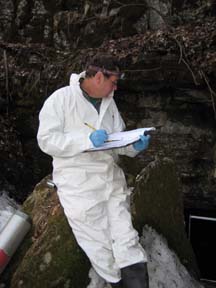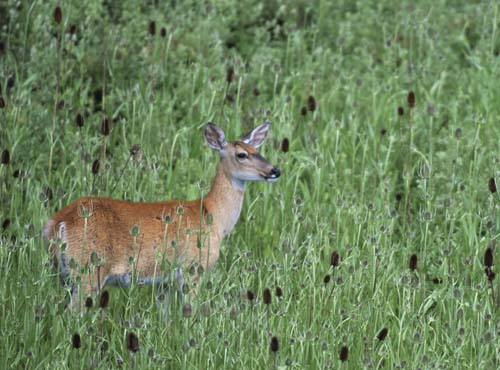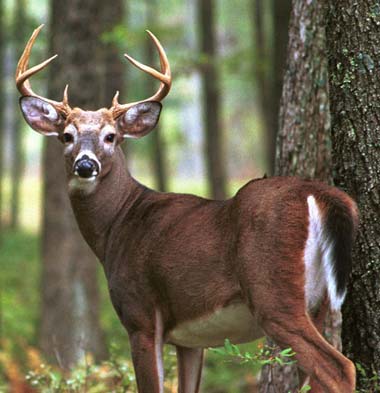 Chronic Wasting Disease (CWD) was first detected in Pennsylvania in 2012 at a captive facility in Adams County. Subsequently, three free-ranging deer harvested by hunters during the 2012 season tested positive for CWD. Now, a Pennsylvania Game Commission press release reports, a white-tailed deer that was killed by a vehicle this fall has tested positive for chronic wasting disease (CWD).
Chronic Wasting Disease (CWD) was first detected in Pennsylvania in 2012 at a captive facility in Adams County. Subsequently, three free-ranging deer harvested by hunters during the 2012 season tested positive for CWD. Now, a Pennsylvania Game Commission press release reports, a white-tailed deer that was killed by a vehicle this fall has tested positive for chronic wasting disease (CWD).
The latest case is in the same county as one of the previous wild deer cases. Apparently, that’s the first report of CWD in Pennsylvania in 2013 (even though the press release came out in 2014, which makes things a little confusing).
Read the Pennsylvania Game Commission press release, here.
Read a brief article in PressConnects.com, a Gannett publication, here.
Photo: A (very) healthy deer. Joe Kosack/Pennsylvania Game Commission

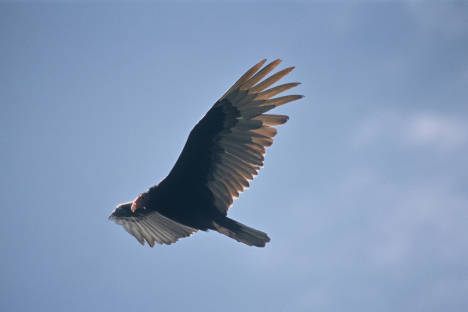 Researchers from the Hawk Mountain Sanctuary in Pennsylvania have been studying vultures throughout the New World to see if they are effective sentinels for environmental pollutants, such as lead.
Researchers from the Hawk Mountain Sanctuary in Pennsylvania have been studying vultures throughout the New World to see if they are effective sentinels for environmental pollutants, such as lead.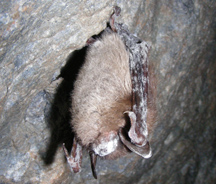
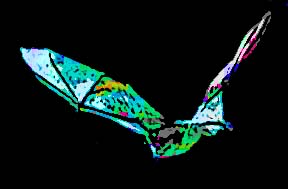 Bats in Vermont are not wearing haute couture gowns, and they are not perusing fine art in Philly, but they are still benefiting from a fashion show and an art show in those locations.
Bats in Vermont are not wearing haute couture gowns, and they are not perusing fine art in Philly, but they are still benefiting from a fashion show and an art show in those locations.